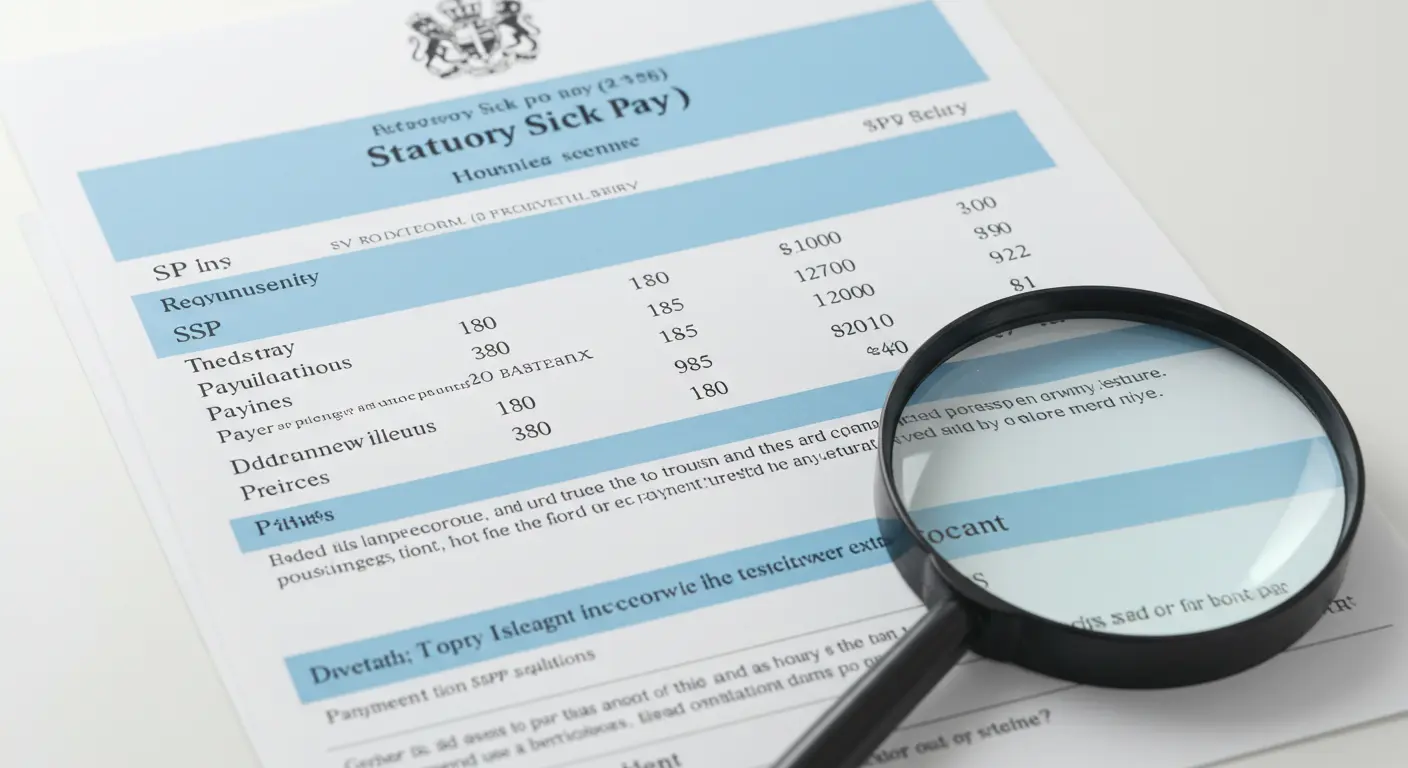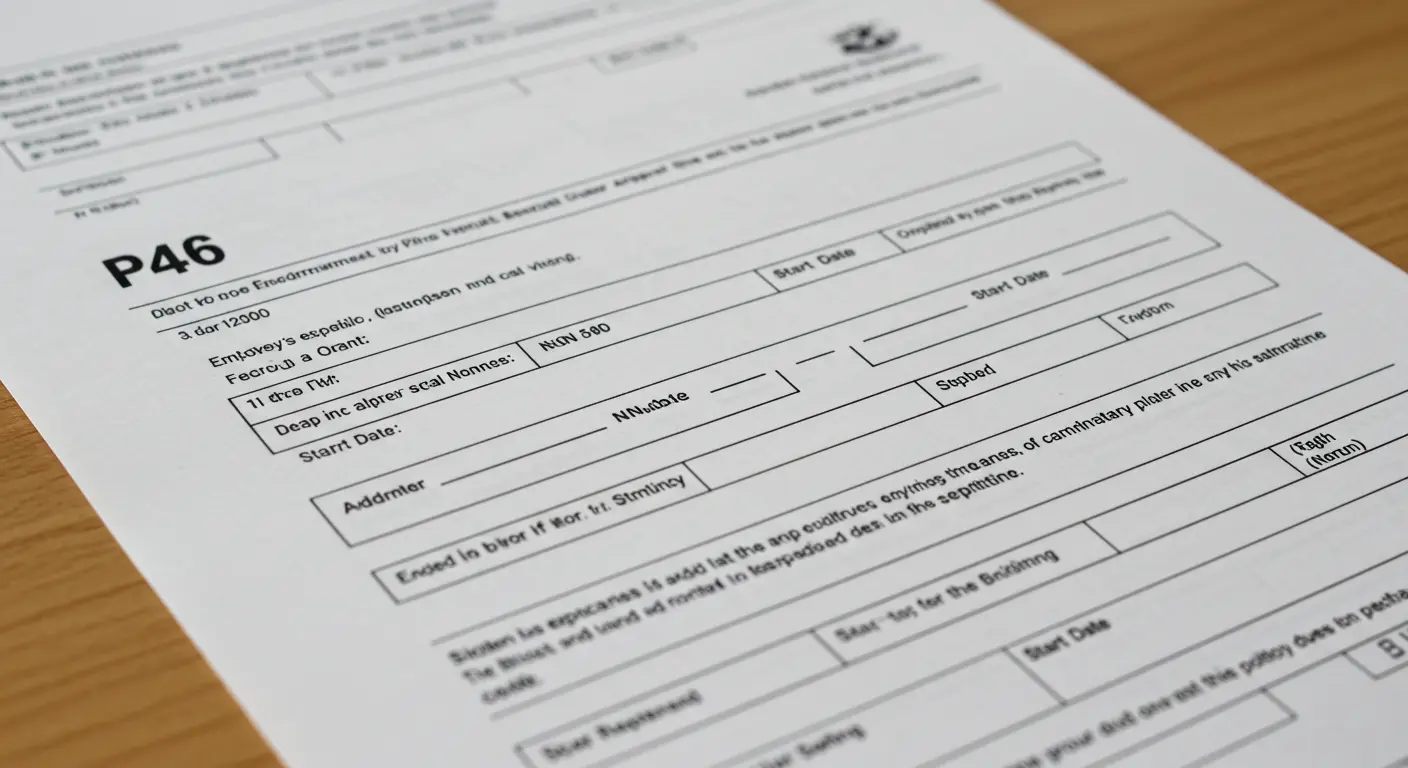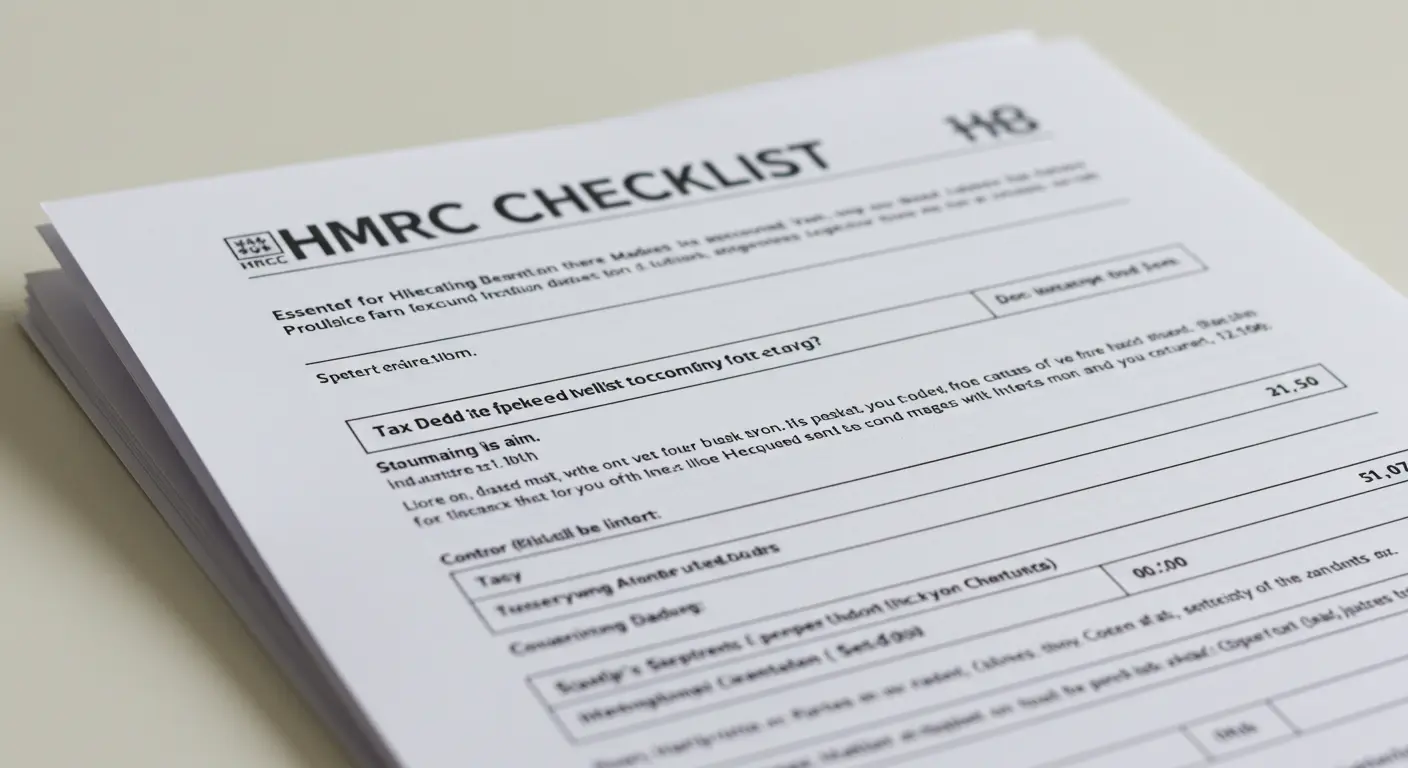How to Register for PAYE
If you’re running a business in the UK and planning to hire employees, understanding PAYE registration is crucial. PAYE (Pay As You Earn) is a system HMRC uses to collect income tax and National Insurance contributions (NICs) from employees’ wages. Every employer must ensure proper registration and management of PAYE to comply with UK tax regulations.
This guide will walk you through the entire process of PAYE registration, explaining its importance, how to register, and ongoing management after registering.
Understanding PAYE and Its Importance
PAYE ensures that tax and NICs are deducted directly from employees’ wages before they receive their pay. This streamlines the tax process for both employees and HMRC. Employers must follow strict guidelines to ensure that the correct deductions are made and reported to HMRC regularly. Without PAYE registration, employers can face fines and penalties from HMRC.
The Role of PAYE in Payroll Management
Employers must manage payroll effectively, ensuring deductions are made accurately. PAYE is integral to payroll, handling the calculation of income tax, student loans, pension contributions, and other deductions. Whether you have one employee or a hundred, having a PAYE registration ensures compliance with HMRC.
Example of PAYE Deductions Table:
| Gross Salary (£) | Tax Deducted (£) | NIC Deducted (£) | Net Salary (£) |
|---|---|---|---|
| 2,500 | 200 | 180 | 2,120 |
| 3,000 | 250 | 210 | 2,540 |
| 4,000 | 350 | 270 | 3,380 |
This table gives a simplified example of the calculations involved in PAYE, where tax and NICs are deducted from an employee’s gross salary to calculate their net pay.
How to Register for PAYE?
PAYE registration is straightforward and can be done online. Here’s a step-by-step guide to registering for PAYE online:
- Register your company with HMRC – If you haven’t already, you need to set up your business with HMRC. This can be done online via the HMRC website.
- Apply for PAYE registration – Once your company is set up, you can apply for HMRC PAYE registration. You must do this before the first payday.
- Receive your employer PAYE reference – HMRC will send you a PAYE reference number, which you will use to report PAYE information.
Example:
- Scenario: John starts a limited company and needs to hire two employees.
- Action: He registers his company and completes the PAYE registration online with HMRC.
- Outcome: John receives a PAYE reference number, allowing him to start paying his employees and reporting to HMRC.
Do I Need to Register as an Employer for PAYE?
As an employer, you must register for PAYE if any of the following apply:
- You pay any employee more than £123 per week.
- You provide benefits or expenses to employees.
- You employ people under pension schemes.
When Should You Register for PAYE?
You need to register for PAYE before your first employee is paid. The process takes up to 5 days, so it’s essential to plan in advance. Employers can’t legally pay employees without HMRC PAYE registration.
Managing PAYE After Registration
After you’ve registered for PAYE, you will need to:
- Submit regular reports to HMRC through Real Time Information (RTI).
- Ensure all taxes, National Insurance contributions, and student loan deductions are paid accurately.
- Keep accurate records of all employee payments and deductions.
Tip: Use payroll software to automate and manage your PAYE process efficiently.
How to Cancel PAYE Registration?
If your business no longer requires PAYE, such as when you stop employing staff, you can cancel the registration. Notify HMRC using your employer’s PAYE reference, and they will process the cancellation. Failure to do so could lead to unnecessary penalties.
Do I Need to Register for PAYE If I Do Not Have Any Employees?
If you do not have any employees and are the sole director of your company, you may not need to register for PAYE. However, if you pay yourself above the PAYE registration threshold, you must still register. For directors who only take dividends, PAYE may not apply unless they draw a salary.
PAYE Registration Process
The PAYE registration process is simple but requires attention to detail:
| Step | Action |
|---|---|
| Register with HMRC | Sign up your company online with HMRC. |
| Register for PAYE | Complete the PAYE registration online process before paying employees. |
| Submit PAYE details to HMRC | Use your employer reference number to submit PAYE and NICs reports via RTI. |
| Manage PAYE | Ensure taxes and deductions are paid to HMRC on time. |
Do I need to register for PAYE as a director?
Yes, if you pay yourself a salary above the PAYE threshold, PAYE registration is required. However, if you only take dividends, you may not need to register.
How to apply for PAYE online?
To apply for PAYE online, visit the HMRC website and follow the PAYE registration form instructions. You will need to provide your company details and information about employees.
Conclusion
PAYE registration is essential for every employer in the UK. It ensures proper tax deductions and compliance with HMRC. Understanding the process, timing, and ongoing management of PAYE will help your business avoid penalties and ensure smooth payroll operations.
















